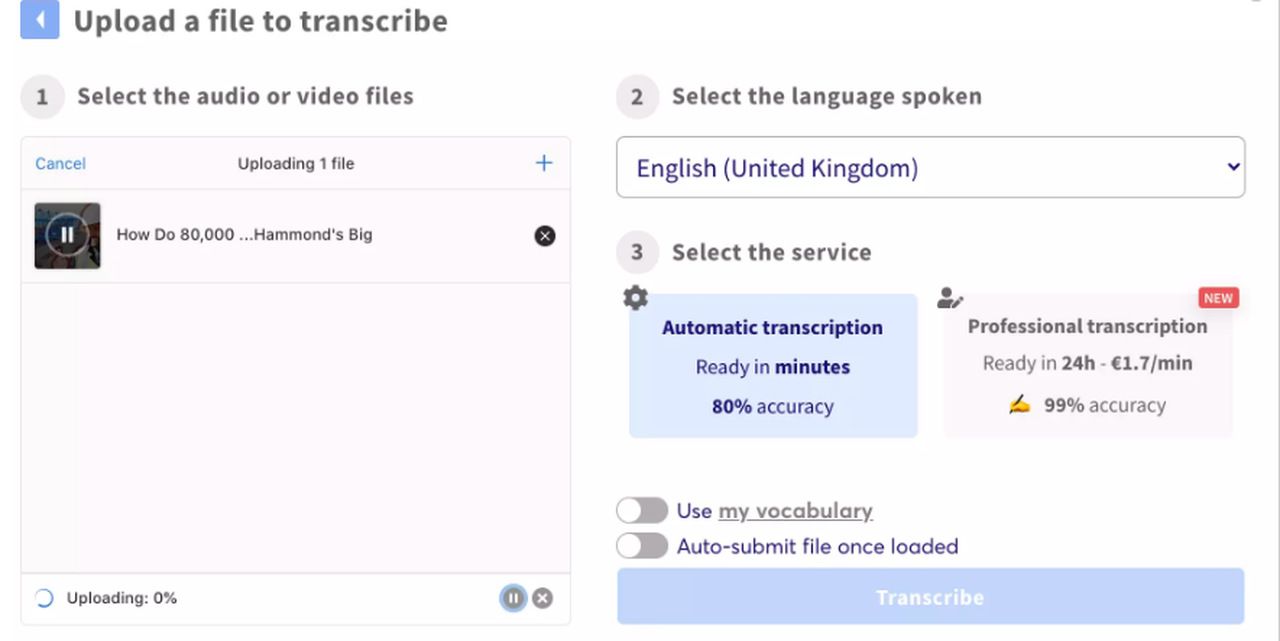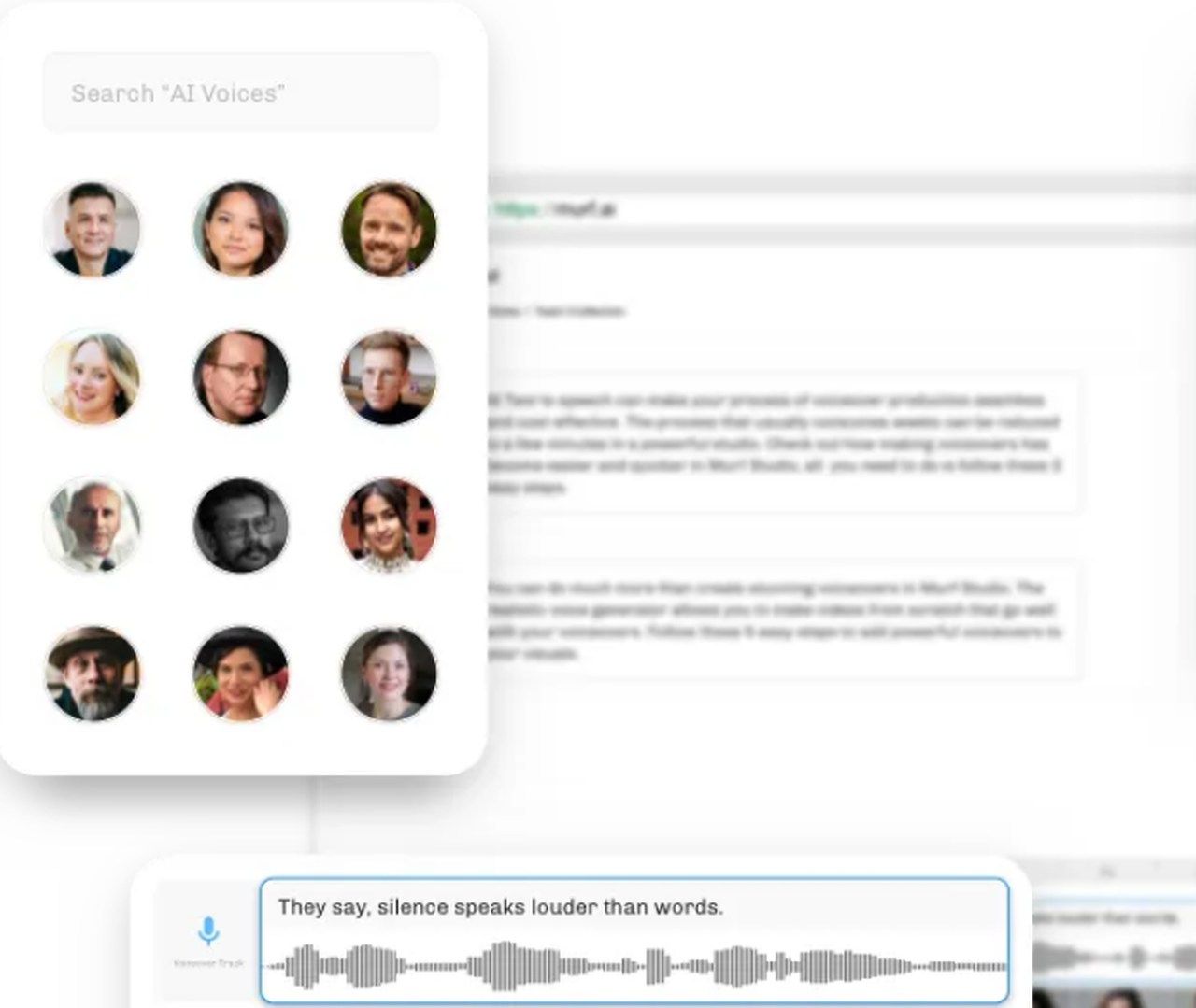Now, more than ever, data transformation is critical to the success of any business. Customers want to relate with brands with a clear and organized communication system. Therefore, transforming data to suit your audience's needs is the way to go.
Using the best processes, you can extract and convert complex data into what your audience can understand. This allows any brand to communicate with its customers, improve engagement, and boost conversions effectively. If you wonder what data transformation is and how to go about it, this article will help. It explains what you need to do, the benefits of using different techniques, and the best tools for an efficient data transformation. Let's dive in.
What is data transformation?
This involves converting data from one format to the other. Data transformation changes information structure to improve accessibility, making it easier to analyze and consume. The process can be constructive, destructive, structural, or aesthetic. The constructive activity involves copying, adding, and duplicating data, while the destructive process includes deleting fields or records. Aesthetic practices cover standardizing data to meet requirements or parameters. Finally, the structural process involves reorganizing the database by renaming, moving, or combining columns. You can transform data through an automatic or manual process. However, automation provides a more accurate and efficient result.
How does data transformation work?

The first step to converting data is to derive it from a source and convert it to a usable structure. Then, your information is made available to users according to their preferred method. Data transformation involves six critical steps:
- Data discovery: This is the first stage of the process. Here, data profiling tools are used to understand the information available. This process helps you pick the best way to get the information into its desired format.
- Data mapping: It primarily involves determining how individual fields are modified, mapped, filtered, joined, and aggregated. This step is crucial as a single analysis mistake could have a ripple effect.
- Data extraction: Here, data is extracted from its source; it could be from a structured source like a customer log file from a web application.
- Code generation and execution: This involves using data transformation tools to create a code after extracting the information.
- Review: Details are checked to ensure the information is correct.
- Sending: This step involves sending the information to its target destination. It could be a data warehouse or database.
Best tools to transform data
Two specific tools allow you to convert content quickly. Check them out below:
1. Audio transcription tools

Audio transcription tools let you transform an audio file into a text file automatically. For example, they convert advert jingles, recordings, or podcasts into blog posts, e-books, reports, and others. They are beneficial in several ways. First, they let you transfer information easily. As a result, you won't have to transcribe data manually when transmitting information to your audience. Instead, you transform the message in minutes, enabling you to communicate with customers promptly. Transcription tools also extend your content to more people. For example, you can reach a wider audience by converting audio recordings with HyperScribe. It subtitles the file into over 120 languages, allowing people from different backgrounds to access the content. Also, transcription tools improve accuracy. They eliminate mistakes to showcase professionalism when you communicate with your customers. The software helps to create comprehensive reports to share with teammates. For example, when you record interviews, you can transcribe them to text later. Then, distribute them to employees during meetings. The tools also make content searchable, allowing customers to browse through it and find answers quickly. This improves search engine rankings and helps your audience locate you easily online.
2. AI voice generators

AI voice generators help to transform data into digestible and engaging content. They turn text into audio, and although they are artificial, these tools produce human-like voices. Rather than produce long-form content users will find overwhelming to read, the best AI voice generator helps you interestingly convey messages. Moreover, the voices sound real, thereby humanizing your brand and enabling customers to connect with you faster. Voice generators also offer variety. You can select from the many AI voices available to convey messages in interesting new ways. For instance, you can switch from a solemn voice to an upbeat tone, thereby setting a different atmosphere and evoking different emotions in your audience. This way, customers will always look forward to the content you create, boosting its consumption rate. AI voice generators also save time. Rather than transcribe a text manually, the software automates the process. You won't have to worry about using the right tools or voices because the program has all it takes to convert text to audio. So, if you are looking for ways to transform meetings' minutes and documentation into audio files, AI voice generators can help. It is also an excellent tool for tutorials, product walk-throughs, and other self-help materials.
Benefits of data transformation for businesses

Converting data allows your business to scale in several ways. Let's take a look at some benefits.
1. It enables better organization
An excellent information conversion system allows you to sort out files so they are within reach. For example, you can arrange them by categories or label them according to their purposes for easier access. It also gives a good impression of your brand. When users quickly get the information they want depending on your data arrangement system, they see you as a professional, enhancing their trust. Lastly, it improves customer experience. It provides a straightforward content search, enabling users to make their findings on time.
2. Better data quality
If existing data is disorganized and complex, changing its format can improve its quality. In addition, this process will simplify, analyze, and structure information, making it easier for users to interact with your content. By changing the data format, you eliminate errors and enhance its accuracy. This lets you avoid the consequences associated with incorrect data, like additional expenses and negative brand reputation.
3. It helps you make improved business decisions
Transforming information into organized and digestible formats enhances the decision-making process. For instance, you can make quick queries on your customers' or company's data from a comprehensive system, enabling you to make decisions when required. Also, with the correct data, making the right business decision is easier. This will help grow your business, thereby promoting scalability.
4. Boosts customer engagement
You increase audience interaction when you transform content into their preferred format. So suppose your audience likes listening to audio. Then, you can turn texts into audible sound using AI voice generators. If your customers like to read text, you can convert audio to text with transcription tools. Additionally, making the data attainable to a larger community increases content views. This, in return, improves the customers' participation. Users will engage with content better because they can understand its message clearly. They will also find their preferred communication method more convenient, which urges them to consume, provide feedback, and share materials with others. By doing this, your audience will invest in your business actively, enabling you to convert and retain them.
5. It enhances an efficient data management system
An incomprehensive data system is overwhelming for customers and staff. But you can create a centralized data system by turning content into usable forms. Data transformation allows you to collect, analyze, and convert data from one place, making it easier to manage your information efficiently.
Common data transformation challenges

Although converting data formats to improve its usability offers tons of benefits, it can be challenging. Thankfully, you can curb these challenges with some practices. So let's take a look.
1. Time-consuming
Data transformation involves several processes. This is why many businesses complain about the time they spend converting their content. For example, they have to discover, map, organize and convert their information, leading to time wastage. However, you can combat this challenge by using data transformation tools. They streamline the activity, which helps you save lots of time.
2. It can be cumbersome
Transcribing large documents and files can be overwhelming, making the data conversion process tiresome. So again, automating the process is handy to relieve the stress and efforts required to change data formats. You can convert content using transcription tools rather than investing your mental and physical effort in transcribing information manually.
3. Requires talents
Data transformation could require the expertise of a professional. So, many companies encounter the challenge of sourcing talents to help them transform their content. Moreso, they spend money hiring experts to change their content forms. Fortunately, adopting data conversion software like transcription and AI voice generators eliminate the need to hire professionals. This is because these tools offer resources that execute the functions of experts at no extra cost.
Conclusion
Data transformation enables an efficient content distribution, improves its organization, and promotes an excellent customer experience. Although it involves several processes, you can simplify the activity with data conversion tools like transcription and voice generation. The software saves time, improves data accuracy, enhances content accessibility, and boosts engagement. Therefore, if you want to conduct a quick data transformation process efficiently, adopt information conversion tools.

Author Bio:
Lydia Iseh is a writer with years of experience in writing SEO content that provides value to the reader. As someone who believes in the power of SEO to transform businesses, she enjoys being part of the process that helps websites rank high on search engines.